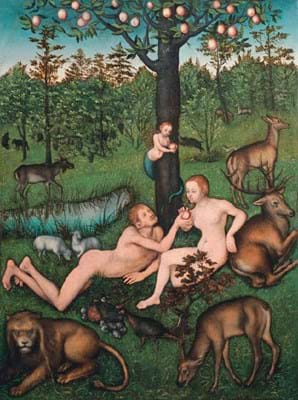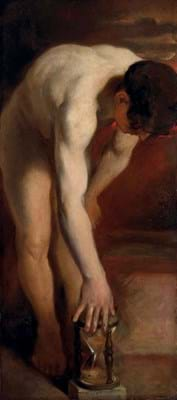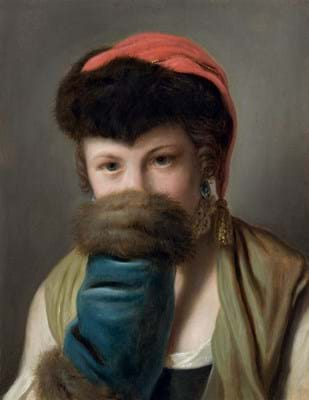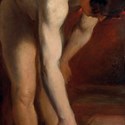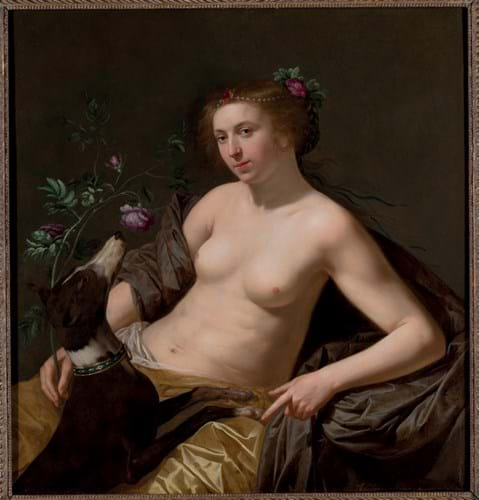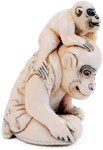Nude paintings have a way of snaking their way to the high end of the top-selling charts.
Record prices have been achieved at auction recently for full-length females by both Modigliani and Picasso, and in 2016 Rubens’ Lot and his Daughters, depicting three, large, scantily clad figures, made a then-record for an Old Master at Christie’s.
Even so, Toby Campbell of Rafael Valls admits he felt “a little bit daring” in staging the gallery’s current show, Sex and Sensuality.
Running until December 21 at the St James’s gallery, it examines eroticism in paintings and drawings of the nude from the 16th–20th centuries, bringing together a collection of more than 40 works.
“There is the old adage that sex sells,” says Campbell, “but often collectors will still buy a painting with a nude picture because of the subject.”
The exhibition is arranged over three floors, with the oldest works upstairs and those from the 19th and 20th centuries below.
The more contemporary as well as the truly risqué – such as Eric Gill’s Amorous Couple and Pierre Molinier’s Hommage à Marayat – are shown in Valls’ office. Pictures are priced between £5000-1m.
These can be split roughly into two categories: those that excuse the human form by incorporating it into an existing (historical or mythological) narrative and those in which human sexuality is the overriding theme.
It opens chronologically with The Garden of Eden by Lucas Cranach the Elder (1472-1553). This falls squarely into the first camp, as do many of the earlier pictures, with the Adam and Eve shown naked though covered by some strategically placed foliage.
Even so, says Campbell, “for 16th century sensibilities it is actually quite blatant and naked. It is not necessarily the eroticism of this picture but its raw naturalness that sets it apart.”
Divine punishment
A later painting in the show by Jacob van Loo (1614-70) uses a theme from Greek mythology, Perseus and Andromeda, to celebrate the female figure. The princess, chained to a rock as divine punishment, is presented in the work naked among a fashionably dressed crowd, including her fully armoured rescuer, Perseus.
As cultural attitudes towards nudity relaxed, artists started presenting more blatant images. Allegory of Smell by Jan van Bijlert (1597-1671) is more naturalistic – and more suggestive – than earlier pictures both because of the figure’s state of undress as well as her inviting gaze and reclining pose.

The acceptance of such imagery depended on place as a well as time. “These reflect the feeling of the era from a social and national standpoint,” Campbell says.
La Lever: A Portrait of a Lady Reclining by Candlelight by the French painter Jean-Baptiste Santerre (1651-1717) is, in Campbell’s words, “much more suggestive even though it is quite early”. And the serious, academic quality of a series of nude studies by British painter William Etty (1787-1849) included in the show are somewhat more prudish than frank and frivolous French paintings of the previous century. The more buttoned-up attitude in Britain would endure through the Victorian age.
Partially and even fully clothed figures have their place in the exhibition too. “In part this is to explore the nude,” Campbell says. “But there is also a sort of underlying sexuality and eroticism in many of the pictures.”
A picture by Italian Baroque painter Pietro Rotari (1707-62), showing a woman holding a muff to her face, is a masterclass in apparently polite yet suggestive imagery.


